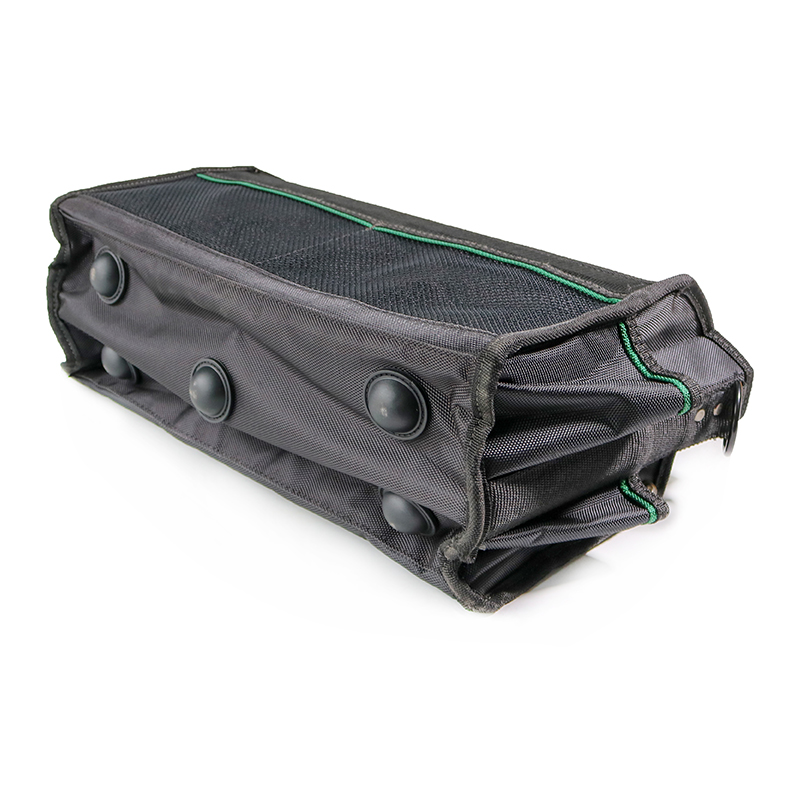In daily life, lighting is essential. Some people choose to use various types of lights for aesthetic purposes, but home lighting doesn't need to be complicated. The only real need is illumination. However, lighting can consume a lot of electricity and waste energy. How can we achieve both energy savings and proper lighting? Here are some practical tips:
1. Choose the right brightness level. Too low a brightness can harm your eyesight, while too high may cause unnecessary waste. For incandescent bulbs, a bathroom typically needs about 2 watts per square meter. A kitchen or dining area requires around 4 watts per square meter. For living rooms or studies, 8 watts per square meter is sufficient. Desk lamps or nightstands can use bulbs ranging from 15 to 60 watts, ideally not exceeding 60 watts. If you switch from traditional incandescent bulbs to energy-saving tubes, an 18-watt energy-saving tube provides the same brightness as a 40-watt T8 fluorescent tube. With an electronic ballast, the bulb can start at 150 volts and consumes only 0.1 watt per hour, making it both energy-efficient and safe.
2. Make the most of natural light. Treat walls that receive good sunlight with white paint or materials with higher reflectivity. This helps increase the visual space and reduces the need for artificial lighting, saving energy in the process.
3. Avoid frequent switching on and off of energy-saving lights. These bulbs consume more power when they start up, and each switch reduces their lifespan by approximately 3 hours. It's better to avoid turning them off if you're leaving for less than two hours, as it's more energy-efficient to keep them on.
4. Improve the efficiency of existing lighting systems. Regularly clean your lighting fixtures. Dust accumulation on lamp tubes and reflectors can reduce brightness. Cleaning them at least every three months ensures optimal performance.
5. Replace old bulbs with new, efficient ones. New "tube-in-tube" energy-saving lamps offer better performance. When incandescent or fluorescent bulbs reach 80% of their lifespan, their light output drops to about 85%. It’s best to replace them before they fail. For large buildings with many lights, regular replacement is crucial—not only to save on labor costs but also to improve lighting quality and reduce energy use.
6. Use light-colored ceilings and walls. Choosing white, off-white, or similar light shades enhances light reflection and improves the overall lighting effect, helping to save energy.
7. Upgrade inefficient light sources. Replace incandescent bulbs with energy-saving lamps. Incandescent bulbs use about three times more energy than energy-saving ones. In areas where lights are used for long periods and switched on and off infrequently—like living rooms or bedrooms—replacing old bulbs with energy-saving options can significantly reduce electricity consumption.
Energy conservation starts with small steps. Let’s all take responsibility and make a difference for a greener future. Every little action counts!
Foldable Tool Tote
Foldable tool tote is a type of tool bag that is designed to be collapsible and easy to store when not in use. It typically features a collapsible frame made of lightweight materials such as aluminum or plastic and a removable fabric bag that can be folded or rolled up for compact storage.
Foldable tool totes are ideal for professionals who need to transport tools to different job sites and want a bag that is easy to store when not in use. They are also useful for DIY enthusiasts and homeowners who need a portable and convenient way to store and transport their tools but have limited space for storage.
Some foldable tool totes also feature additional pockets and compartments for organizing smaller items such as screws, nails, and drill bits. They may also have reinforced handles or shoulder straps for easy carrying.
The benefits of a foldable tool tote include:
-
Space-saving design: The collapsible frame and removable fabric bag allow for easy storage in small spaces such as closets or car trunks.
-
Lightweight and portable: The lightweight frame and fabric bag make it easy to transport tools and equipment to different job sites or locations.
-
Versatility: Foldable tool totes can accommodate a variety of tools and equipment, making them a versatile option for different trades and applications.

When choosing a foldable tool tote, it is important to consider the size and weight of your tools, as well as the overall durability and quality of the bag. Look for a model with sturdy construction, reinforced handles or shoulder straps, and ample storage space to accommodate all your tools and accessories.
Foldable Tool Tote,Collapsible Tool Tote,Foldable Tool Bag,Portable Tool Boxes
ZHANGJIAGANG CITY XIANGLE TOOL CO., LTD. , https://www.xiangletoolbag.com
